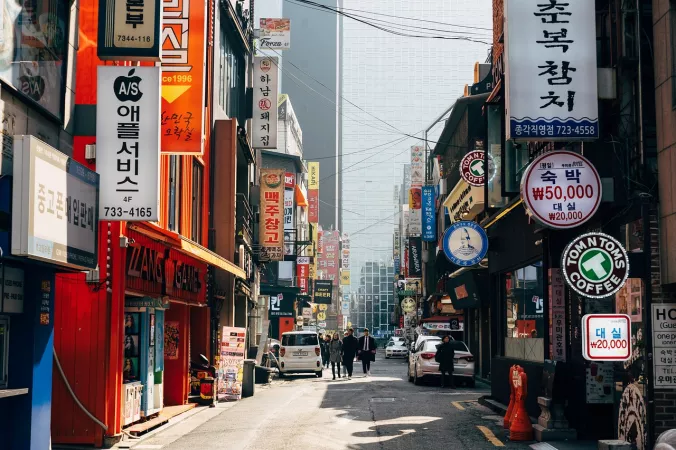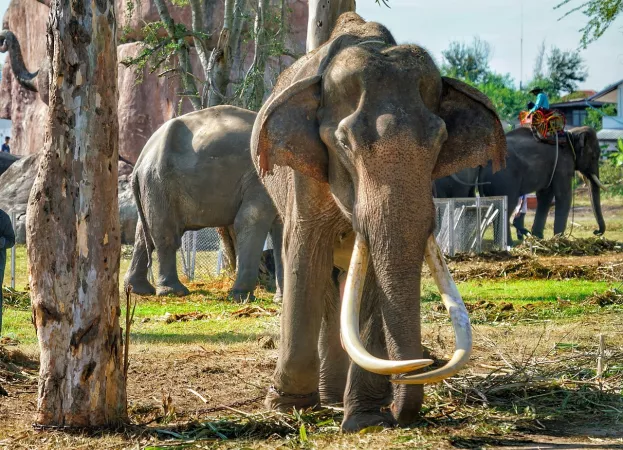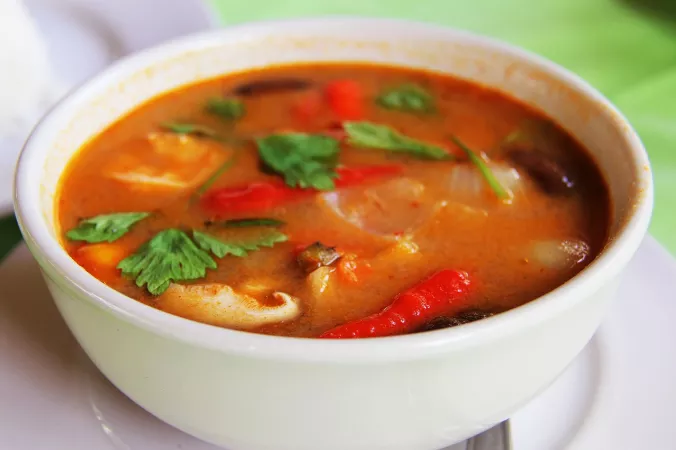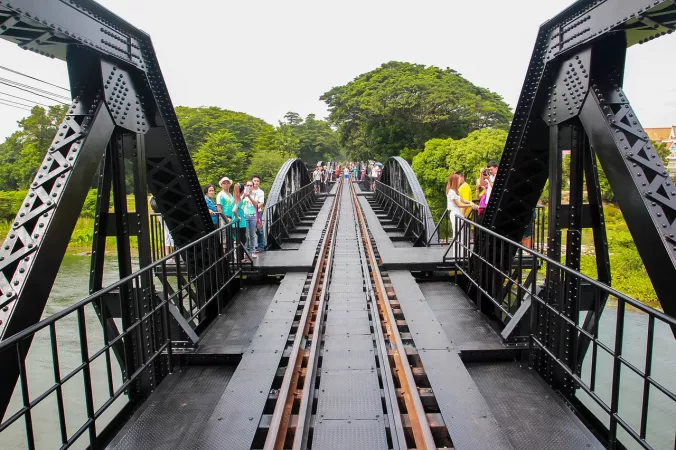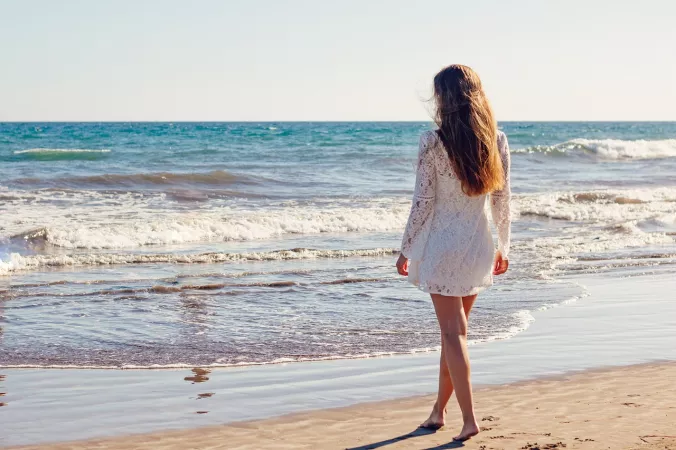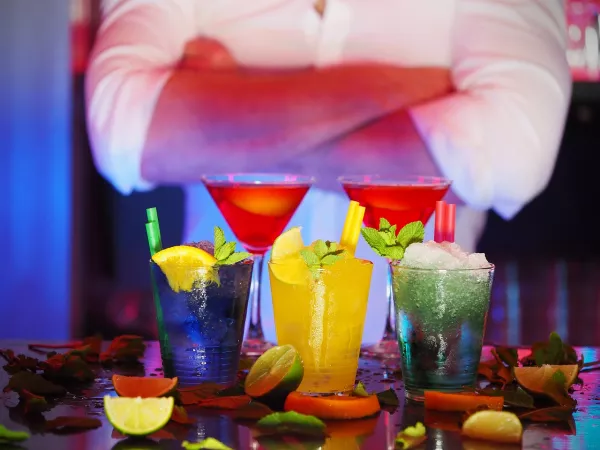
Nakhon Ratchasima
Duration
3 to 5 Days
3 to 5 Days
Best time to visit
Nov-Feb
Nov-Feb
Theme
Hill Station, Wildlife
Hill Station, Wildlife
Nakhon Ratchasima Travel Guide
Nakhon Ratchasima, commonly known as Korat, is the largest province in northeastern Thailand. Rich in history, the province boasts ancient ruins, vibrant culture, and stunning natural landscapes. Nakhon Ratchasima is famous for its historical significance as the gateway to the Northeast region and for its traditional festivals that showcase the local heritage.Top Attractions in Nakhon Ratchasima
1. Phimai Historical Park 2. Wat Sala Loi 3. Thao Suranari Monument 4. Jim Thompson Farm 5. Lam Takhong DamNakhon Ratchasima is Famous for
Its historical significance and vibrant traditional festivals.Top Attractions in Nakhon Ratchasima
- Phimai Historical Park - Wat Sala Loi - Thao Suranari Monument - Jim Thompson Farm - Lam Takhong DamWhat's Great about Travelling to Nakhon Ratchasima?
- Rich cultural experiences - Historical sites - Vibrant festivalsWhat's Not So Great about Travelling to Nakhon Ratchasima?
- Limited English spoken - Hot and humid weather - Remote locations of some attractionsTravel Tips for Nakhon Ratchasima
- Check visa requirements before traveling - Use local transportation options like tuk-tuks - Stay hydrated and wear sunscreenImportant Nakhon Ratchasima trip information
- Ideal Duration: A week is recommended to explore the province.
- Best Time to Visit: November to February for cooler temperatures.
- Nearby Airports and Railway Stations: Nakhon Ratchasima has its own airport and railway station.
FAQ's on Nakhon Ratchasima
Q1: What is the best time to visit Nakhon Ratchasima?
The best time to visit Nakhon Ratchasima is during the cool and dry season from November to February when the weather is pleasant for exploring the city and its attractions.
Q2: Do I need a visa to travel to Nakhon Ratchasima?
Most tourists can enter Thailand, where Nakhon Ratchasima is located, without a visa for up to 30 days. However, it's essential to check the specific visa requirements based on your nationality before traveling.
Q3: What are the must-visit attractions in Nakhon Ratchasima?
Nakhon Ratchasima is home to the stunning Khao Yai National Park, the historical Prasat Hin Phimai, and the vibrant night market at Save-One Market, among other attractions that offer a mix of nature, history, and culture.
Q4: Is Nakhon Ratchasima a safe place to travel?
Nakhon Ratchasima is generally safe for tourists, but like any other destination, it's advisable to be cautious of your surroundings, avoid isolated areas at night, and take necessary precautions to ensure a safe trip.
Q5: What is the local currency in Nakhon Ratchasima and can I use credit cards?
The local currency in Thailand is the Thai Baht (THB). While credit cards are widely accepted in major establishments, it's advisable to carry cash for smaller vendors and markets. ATMs are also readily available in the city.
Q6: What is the local cuisine like in Nakhon Ratchasima?
Nakhon Ratchasima offers a variety of delicious Thai dishes, including spicy papaya salad (Som Tum), grilled pork skewers (Moo Ping), and aromatic green curry. Vegetarian options are also available for those with dietary restrictions.
Q7: What transportation options are available in Nakhon Ratchasima?
Travelers in Nakhon Ratchasima can explore the city using public transportation like buses and tuk-tuks. Taxis and motorbike taxis are also convenient options for getting around, and car rentals are available for those who prefer to drive.
Q8: Are there any cultural norms or etiquette I should be aware of when visiting Nakhon Ratchasima?
When visiting Nakhon Ratchasima, it's important to show respect for local customs, such as removing shoes before entering temples, dressing modestly, and avoiding public displays of affection. Learning a few basic Thai phrases can also be appreciated by the locals.
Q9: I am a travel agent. How can I buy travel leads of Nakhon Ratchasima?
Register yourself as a travel agent at agents.tripclap.com and then you can buy travel leads to Nakhon Ratchasima once your account is approved. For more details contact our support team at +91-8069186564 or support@tripclap.com


